Space exploration didn’t just take us to the Moon. It also transformed our daily lives with innovations that have become indispensable. Even French filmmaker Mathieu Kassovitz shared with us his fascination for space technologies and how cinema should embrace them (watch our video interview). Here are 20 products and technologies we all use, often without realizing they originated from space research and space missions like Apollo.
People & Communication
1/ Wireless Headsets and Bluetooth Devices
Your Bluetooth headset owes a lot to Apollo mission comms! Hands-free communication systems created for this mission’s astronauts evolved into the wireless headsets and Bluetooth devices we now use every day. This space-derived technology allows people to communicate efficiently, whether driving, exercising, or working.
2/ Fitness Trackers
Your smartwatch is like a mini mission control on your wrist! Monitoring systems created to track astronauts’ health during missions inspired the development of wearable fitness trackers. These devices now help people monitor heart rate, activity levels, and overall wellness in everyday life.
3/ GPS Navigation Systems
NASA and satellite research refined the precision of GPS technology, making modern navigation systems possible. Whether in cars, smartphones, or airplanes, GPS would not exist as we know it without space exploration and an understanding of relativity.
Tools & Devices
4/ Cordless Tools
NASA’s need for portable, cordless drills during the Apollo missions led to the development of battery-powered tools. Cordless drills and screwdrivers were indeed initially developed for astronauts to use in zero-gravity environments where traditional tools with cords were impractical. This technology was later adapted by companies like Black & Decker for consumer use, giving rise to the cordless drills and screwdrivers we use today. It also inspired the creation of cordless vacuum cleaners like the DustBuster. Next time you’re installing shelves at home, think of yourself as a “daily astronaut on a mission” — using tools born from space exploration!
5/ Laptop Computers and Computer Mouse
The first portable computer, the GRiD Compass, was used in space in 1983 and inspired the development of the modern laptop. NASA also funded research that improved human-computer interaction, which contributed to the development of the computer mouse. The technology behind the laptops and devices we use daily often traces back to space applications.
Health & Medical
6/ Medical Imaging Technologies (MRI and CAT Scans)
Techniques developed for processing images from space telescopes and satellites have been adapted for medical imaging. Tools like MRI and CAT scans rely on image-enhancement methods first used to study the Earth and stars.
7/ Medical LEDs
LED technology, initially used to promote plant growth on space missions, found applications in medical treatments such as wound healing and pain management. These medical LEDs are now a tool in modern healthcare.
8/ Infrared Ear Thermometers
Developed from technology originally used in satellites to measure the temperatures of stars and planets, infrared ear thermometers brought space-grade precision into everyday healthcare. Thanks to this space innovation, checking a fever at home is now quick, safe, and accurate — a little bit of satellite science in your medicine cabinet.
9/ Smoke Detectors
Smoke detectors were first designed for crew safety aboard space missions, particularly during the Skylab project. Today, they are standard safety devices in homes worldwide, often required by law, providing essential fire detection thanks to space research.
Materials & Clothing
10/ Memory Foam (Mattresses and Pillows)
Did you know you sleep like an astronaut every night with your memory foam mattress? Originally developed by NASA Ames Center for improved crash protection to protect astronauts from shock impacts during takeoff and landing, memory foam is now commonly used in mattresses and pillows. This means that every night, people around the world benefit from the same cushioning technology designed for space missions.
11/ Insulating Materials for Clothing
Did you know that your winter jacket uses space tech inspired by spacesuits to fight the cold? Materials originally engineered for spacesuits — designed to protect astronauts from the extreme temperatures of space — are now used in thermal clothing for outdoor sports and technical wear. This technology helps people stay warm and safe in harsh environments on Earth.
12/ Shock-Absorbing Shoe Soles
Inspired by the cushioning materials in astronauts’ Moon boots, shock-absorbing soles are now widely used in athletic and everyday footwear. This technology improves comfort and reduces impact on joints. Your running shoes’ bounce? Lunar boot tech at your feet!
13/ Thermal Insulation for Homes
The development of insulation materials for space led directly to products like survival blankets and home insulation barriers. These aluminized polyester materials help retain heat and protect against extreme cold, making homes more energy-efficient.
14/ Vibration-Absorbing Foams
Foams designed to absorb vibrations during rocket launches are now used in packaging, sports equipment, and even construction. This technology helps protect delicate items and reduce impact shocks.
Imaging & Sensors
15/ Telephoto Lens
High-precision lenses used on satellites inspired the development of long-range zoom lenses for cameras. Without the advancements from space telescopes, professional photography — especially wildlife and sports photography — would be a lot less sharp and detailed!
16/ Miniature Cameras for Smartphones
Space exploration drove the miniaturization of camera sensors. Originally developed by NASA’s Jet Propulsion Laboratory (JPL) as miniaturized CMOS sensors for space missions, this technology paved the way for the tiny cameras now built into smartphones. Every time you snap a photo or film a video with your phone, you’re using technology born from space innovation. Your selfie cam is a tiny space explorer, straight from advanced research intended for observing distant worlds.
17/ Scratch-Resistant Glasses
The protective coatings developed for astronauts’ helmet visors were later adapted for use on eyeglasses. These scratch-resistant lenses are now a common feature in both prescription glasses and sunglasses.
Food & Water
18/ Freeze-Dried Food
Freeze-drying techniques were perfected for space missions, allowing astronauts to carry lightweight, nutritious food on board. These methods later revolutionized the food industry on Earth. Those instant noodles you cherish — they have a space heritage!
In Japan, instant noodles are more than a quick meal — they’re a cultural icon. Beloved for their convenience and variety, they became a staple thanks to the same freeze-drying technology first developed for space exploration. Freeze-dried meals are now common in supermarkets, hiking gear, and emergency kits, making space tech part of your daily life.
19/ Water Purification Filters
To ensure astronauts had access to safe drinking water in space, NASA developed advanced filtration systems using iodine- and silver-based filters. These technologies were later adapted for portable water filters used by hikers, campers, emergency services, and disaster relief operations. Even some pool water purification systems today are based on the filtration methods originally created for space missions.
Energy & Environment
20/ High-Efficiency Solar Panels
The photovoltaic cells developed to power satellites in space became the foundation for high-efficiency solar panels now used on rooftops, businesses, and solar farms around the world. Space research contributed directly to advancements in renewable energy.
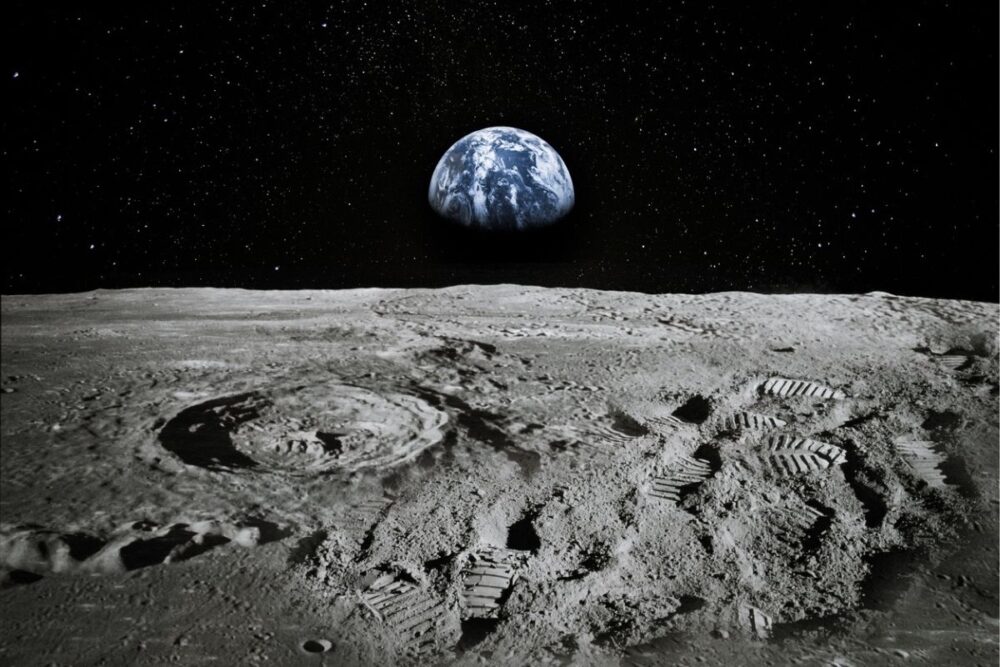
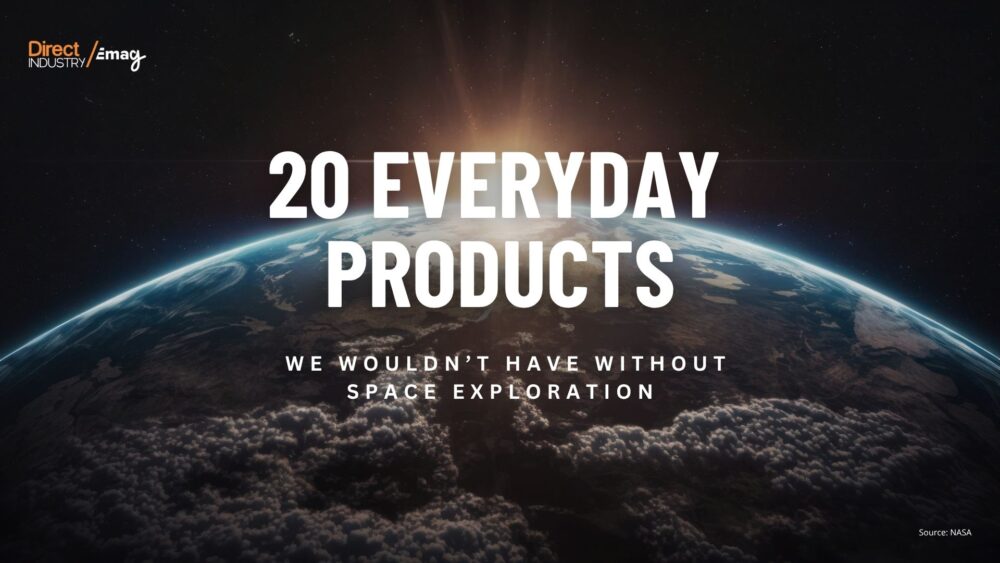
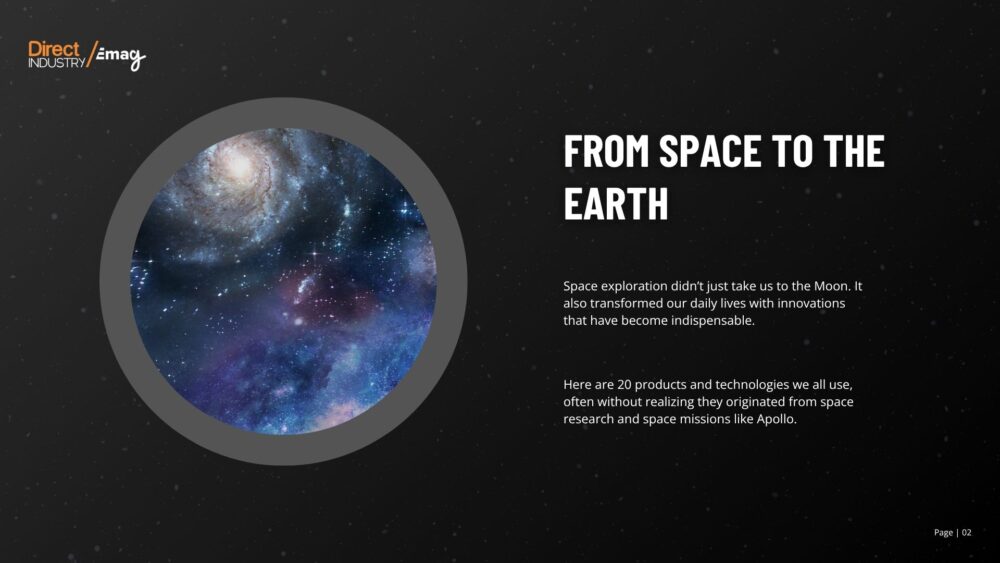
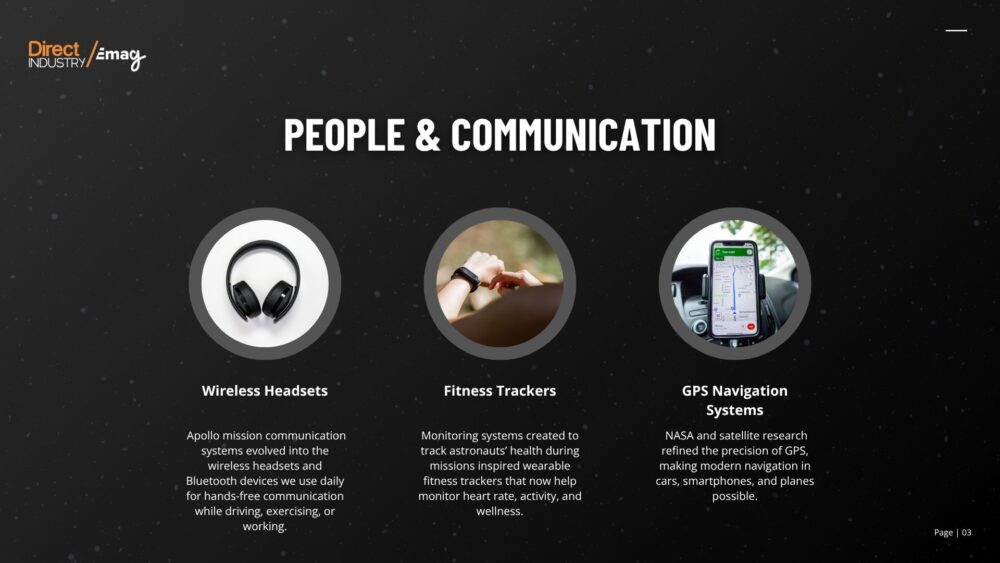
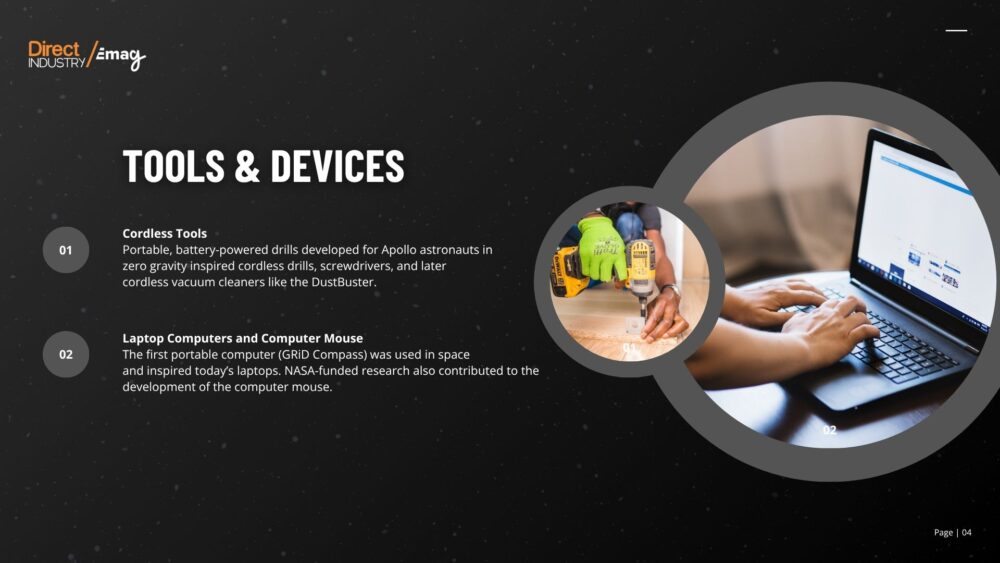
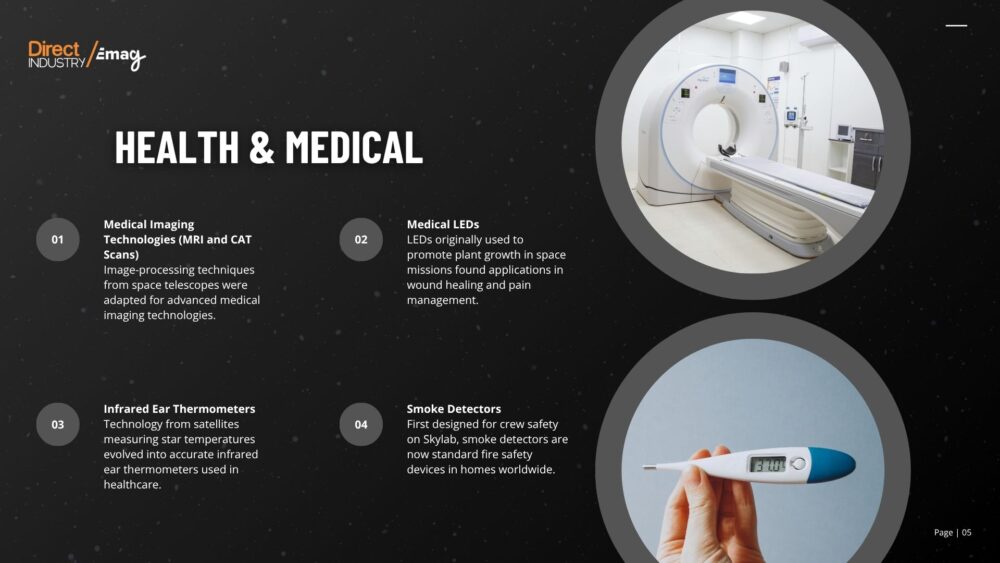
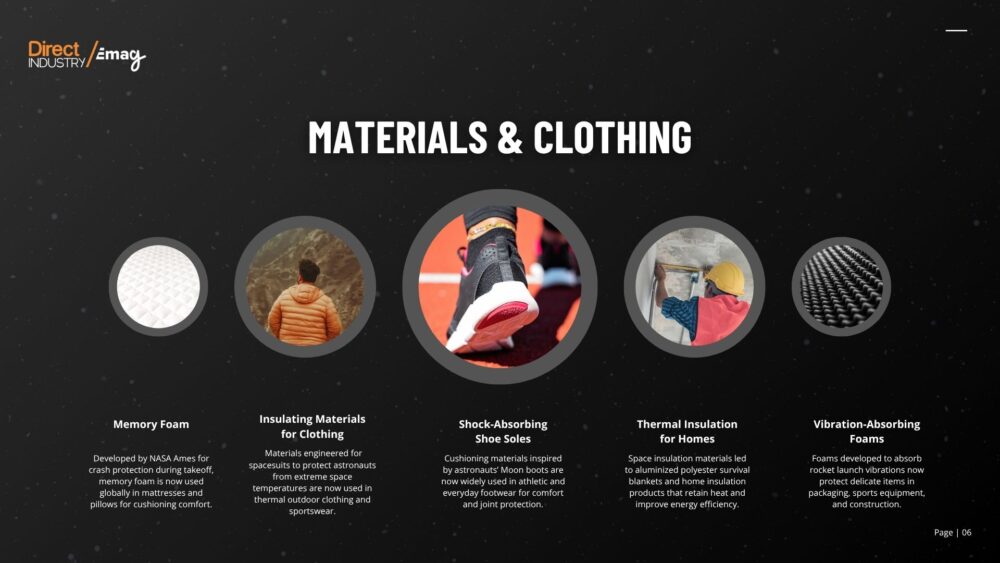
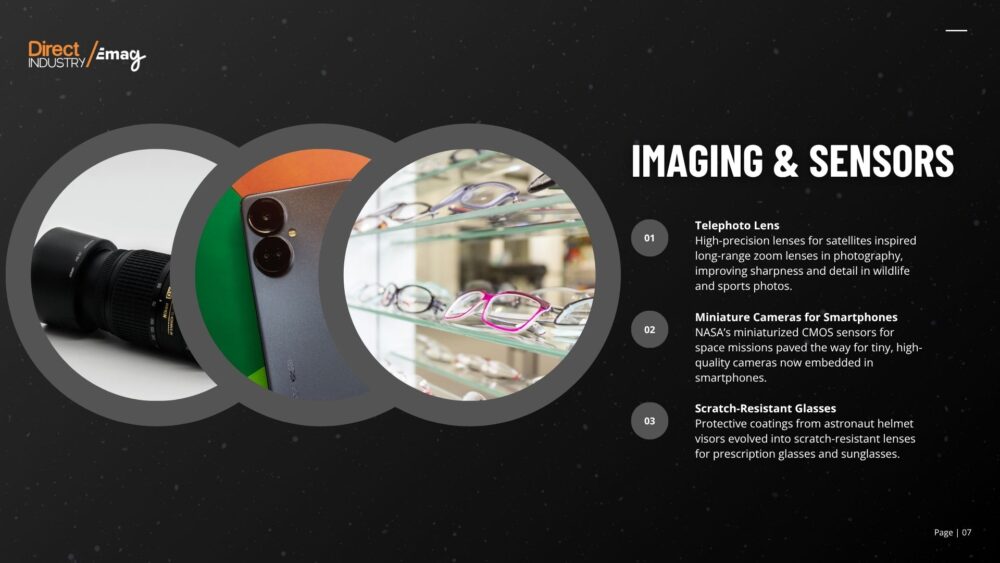

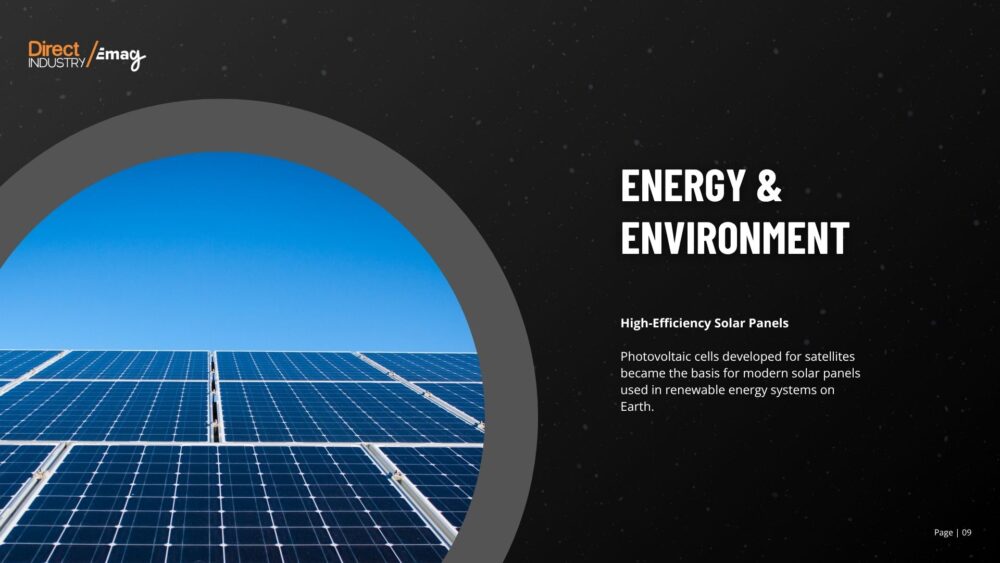



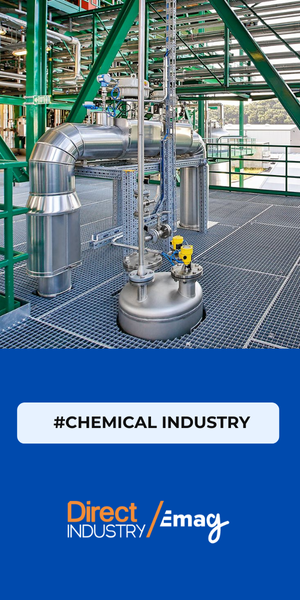

![Image [Best of 2025] Power Moves in the Energy World](/wp-content/uploads/sites/3/energy-320x213.jpg)
![Image [Best of 2025] How Generative AI Is Transforming Industry](/wp-content/uploads/sites/3/AI-4-320x213.jpg)
![Image [BUYING GUIDE] How to Choose the Right Industrial Robot?](/wp-content/uploads/sites/3/Industrial-Robot-320x213.jpg)
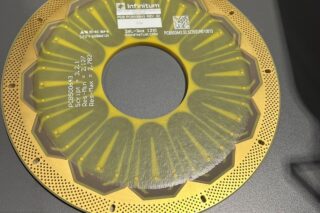
![Image [Buying Guide] How to Choose the Right Safety Shoes?](/wp-content/uploads/sites/3/Safety-Shoes-320x213.jpg)